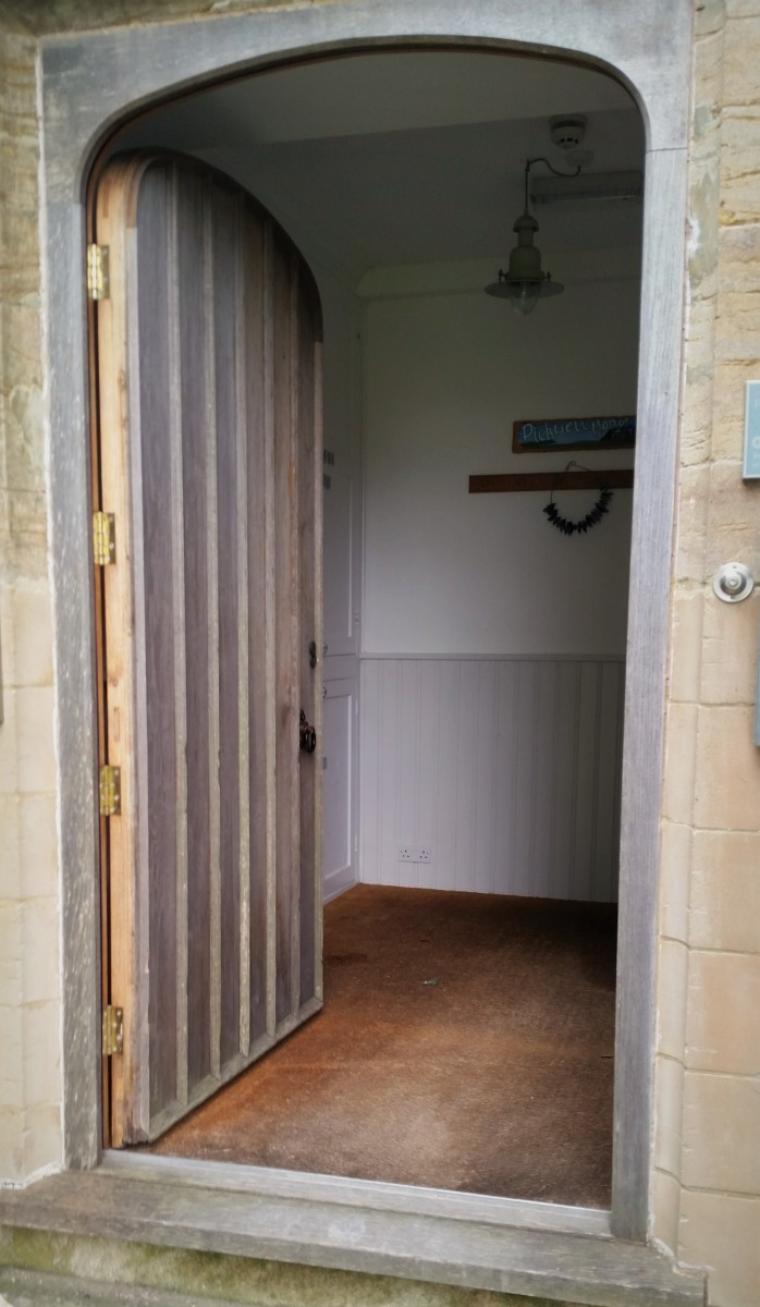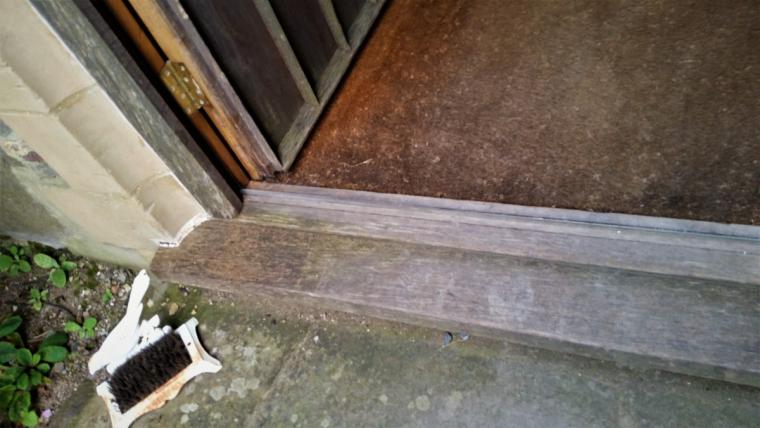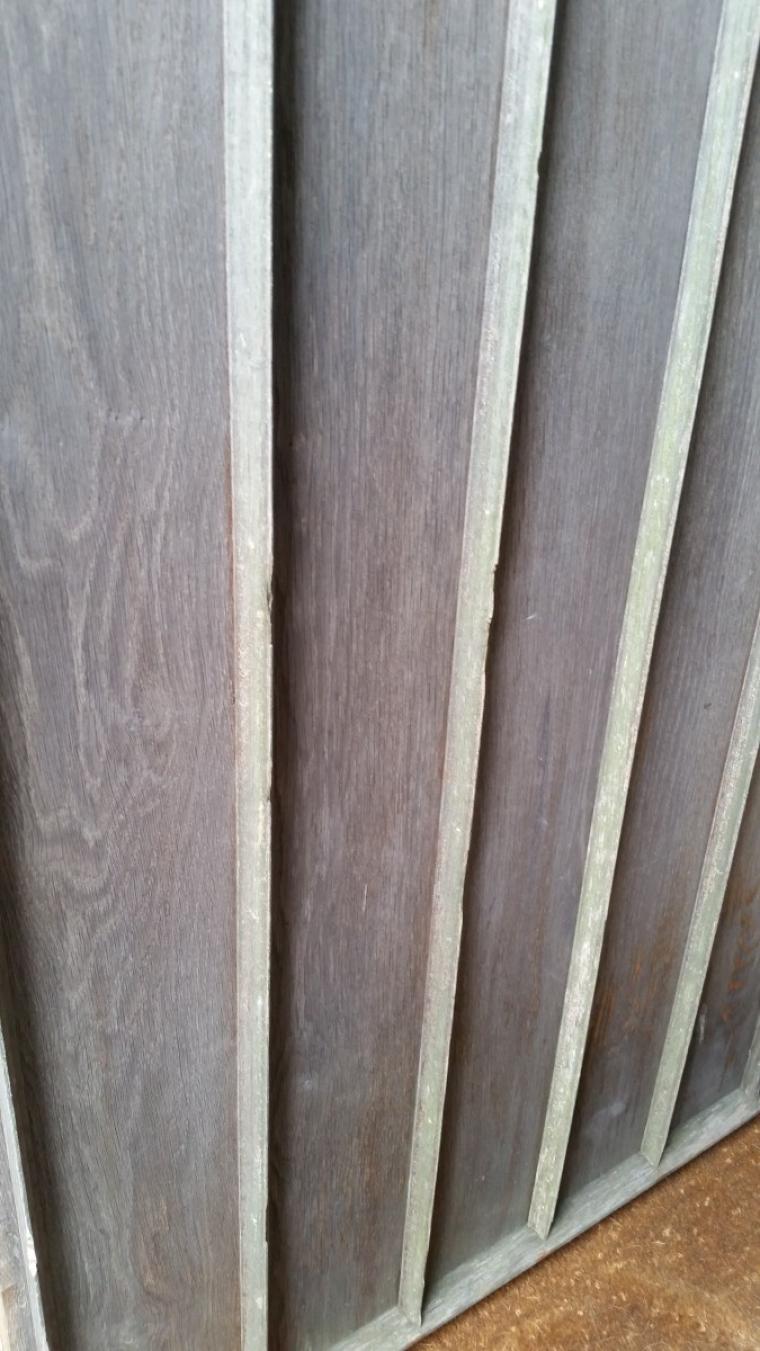Silvered and Weathered Oak - The Gamble of No Coatings

Welcome to the world of wood coatings, Russian Roulette style! We are regularly asked by clients if it would be possible to have a "natural" finish that lets the wood "silver down". The answer is yes you can, but it's a huge gamble. All we can do is try and make people aware of the pitfalls, having said that it can work well but here are some things to think about, first off the good bits. Aged oak especially, can look brilliant when weathered and bleached by UV light and can create tactile surfaces that are impossible to replicate using other materials. So if it's all about look and the feel of the joinery, your'e sorted. Now let's consider some of the things that could effect your bank balance after you've purchased your joinery.

Without appropriately coating your joinery it is normal to find the item will swell, especially here in Devon where the climate is pretty damp to say the least. This will mean doors and casements will jam and be difficult to operate. This can be resolved by us making a vist and easing the joinery so it works again, however each return trip will cost you as there is no way we can know how much any given piece of timber will swell or how long it will take to settle. So perhaps budget 6 hours of extra tradesman's wages on top of your quoted cost.
With the door is eased, when summer comes along it's possible the door will shrink and not touch weather seals as intended, you'll have to choose to accept a bit of a draught in summer and have none in winter. So if you like the snug fit of weather seals and smooth operating hardware the natural look might not be for you. Of course, none of that might happen but with no coatings applied anything can happen.

Silvering does not happen overnight and you might never see the patina you're looking for, especially if the joinery is on a sheltered Northern elevation. The example in these photos is on a South elevation and is a success as far as weathering goes. I have, however, seen joinery looking patchy and stripy. Often the lower area near the threshold can go black, the middle area can begin to silver and the higher area stay a brighter colour where it remains protected by the reveal or by a roof overhang.
If you have double glazed units the standard 5 year warranty will be void. The movement that happens naturally is likely to compromise the seat around the double glazed unit and lead to premature failure. I will stress this might not happen but you should be aware of it and budget for a new unit every three to four years.
The wood itself will also react differently, some sections seem extra tough and resistant to the elements others less so. Large fissures and defects can appear and even joints might want to come apart....or they might not....

My personal opinion is that allowing wood to weather is something that works best with large wooden structures such as green oak framing. With joinery it can work but I would limit it to a focal point, like the door shown in these photos. But do bear in mind you might have to part with a great deal of money after you have commissioned the piece to remedy any number of issues. Would I take this approach? When you consider the example in the photos that was a success then I would. The three centered arch feature on the door shown seems somehow more robust with the weathering and the scale of the item also reacts well to the silver surfaces. But I would do it in an informed way, knowing that there are pitfalls and it might be a costly process.
